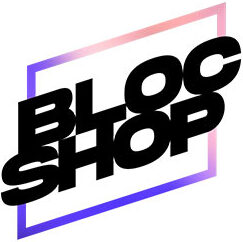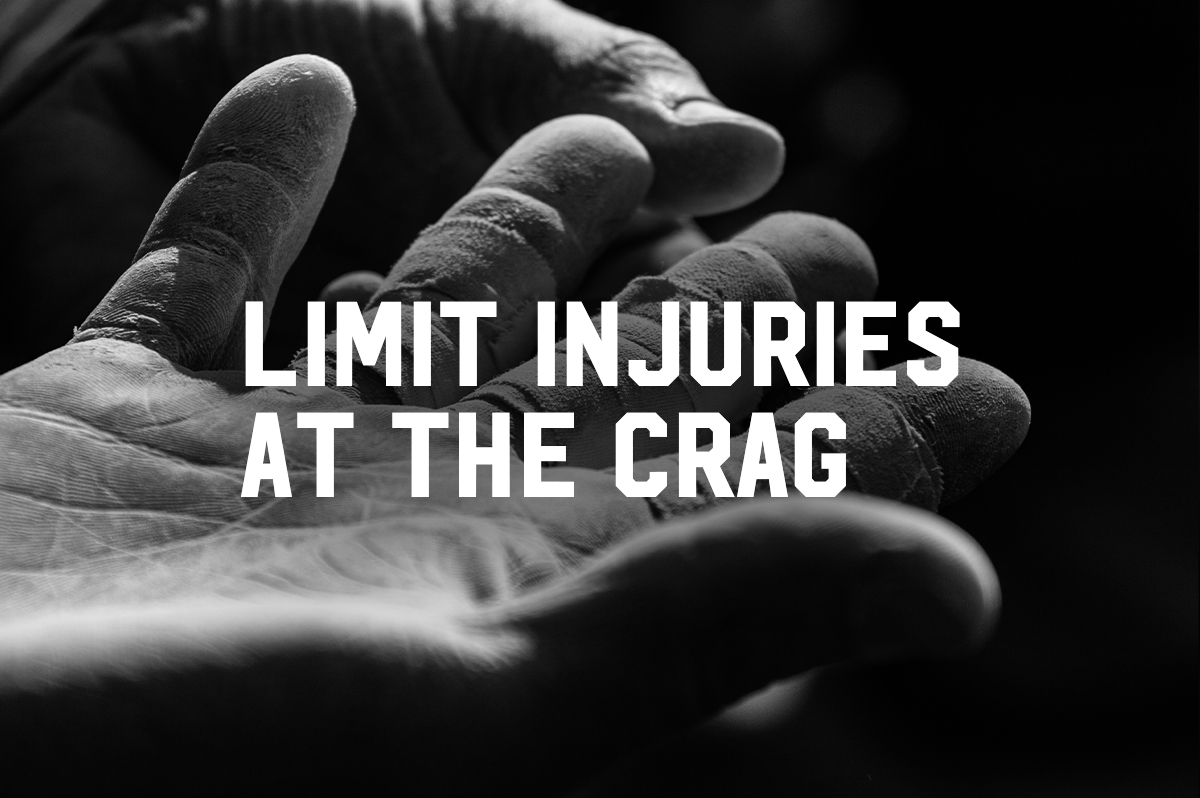If climbing outdoors allows us to surround ourselves with nature, to enjoy a calm and peaceful atmosphere and to finally test our climbing skills, it also involves moving away from an environment where sport-related safety is often thought of for us. Warming up is less obvious when the number of boulders, as well as the type of grip and the variety of grades are limited. With varying temperatures, the approach walk can become slippery (be careful with your ankles!) and several factor that could threaten our session are sometimes difficult to plan. In order to reduce the chances of ending your outdoor season before you’ve completed all your projects, here are some tips to avoid injuries at the crag.
Warm up with less
Warming up your body, especially your fingers, is all the more important before pulling on the sometimes very small holds that outdoors boulders consist of. At the shop, different tools are available to prepare your fingers for pulling hard. A classic that many uses is the Yubi, which can also be used to do workouts at home, if you don’t have a hangboard. The Yubi is sold in a large size ($99.00), offering several grips from 14mm to 30mm. The integrated strap allows to keep tension with one foot to warm up your fingers while watching your next project. Similar to the Yubi, the V-Mobs ($74.99) offers, in addition to the other grips, the possibility of doing mono and tri-fingers, as well as pinching.
Another must to have in your warm up tools is a resistive band. Several types of bands are sold at the shop, but the thinner ones allow for a greater variety of exercises to warm up your arms, legs and back. If you are a fan of training at home, these rubber bands are also part of our new FIT starter pack, which includes a pull up bar, rings, 2 resistive bands (one medium, one wide) and 2 “super loop” resistive bands.
You still prefer that indoor warm-up? Come see us before heading to the crag! This is an interesting solution for those heading to the Laurentians, Do like some of our members and stop by Chabanel (or Hochelaga if it’s closer to you) for a quick warm-up before continuing to your climbing destination.
Anticipate falls in bouldering and lead climbing
In lead climbing as well as bouldering, it is rare that a day of climbing goes by without one fall. Since they are not always predictable, it is important to understand how to create the safest environment possible to mitigate the risk of injury. As a general rule of thumb, we recommend that you always have at least two crash pads. Sometimes the landing zone can be smooth and pretty safe. In this case, the number of pads needed will be smaller, but if a boulder problem is very high or moves from side to side or if rocks are in the ways of your landing, it will be necessary to have more. If you already own a crash pad or two, consider opting for Petzl’s Nimbo pad for your next addition to your gear. Its thinness protects the spaces between your pads and this helps to avoid rolling an ankle, in addition to being easily transported.
For route climbing, we advise you above all to check the wear and tear of your safety equipment. Inspect it regularly to make sure there is no breakage and inform yourself of the brand’s recommendations about their equipment’s lifespan. If you lack the basic equipment to start route climbing, take advantage of our Momentum Kits, which include a harness, an ATC-XP belay and rappelling system with a carabiner, a chalk bag, as well as some Black Diamond chalk.
Don’t forget your snacks!
Finally, snacks can be an underestimated ally when going climbing outside. Even if many prefer to eat lighter during outdoor outings, a lunch could make the difference in your level of fatigue and thus reduce your risk of injury. The same principle applies to hydration. If you’re the type who experiences more frustrations when hungry, organizing your day better and keeping this in mind could also make your session more enjoyable, especially when climbing over several hours. This is why at Bloc Shop you will often see our route setting crew with a bag of gummies or chocolate covered almond in hand!
If you have any questions about the equipment needed for outdoor climbing, please reach out to us at the shop: shop@blocshop.com






